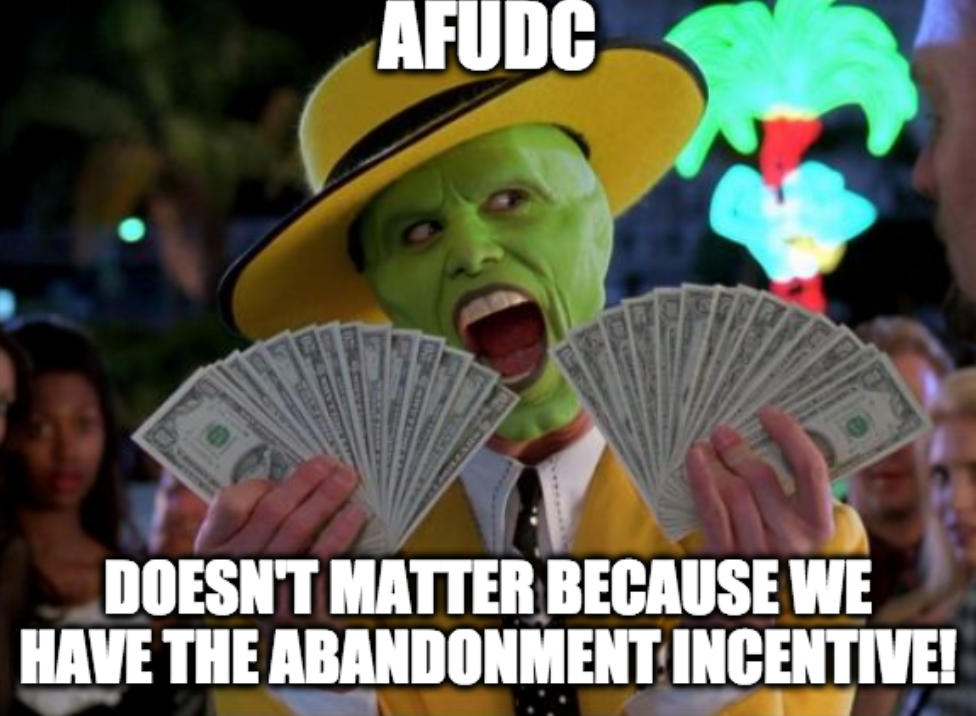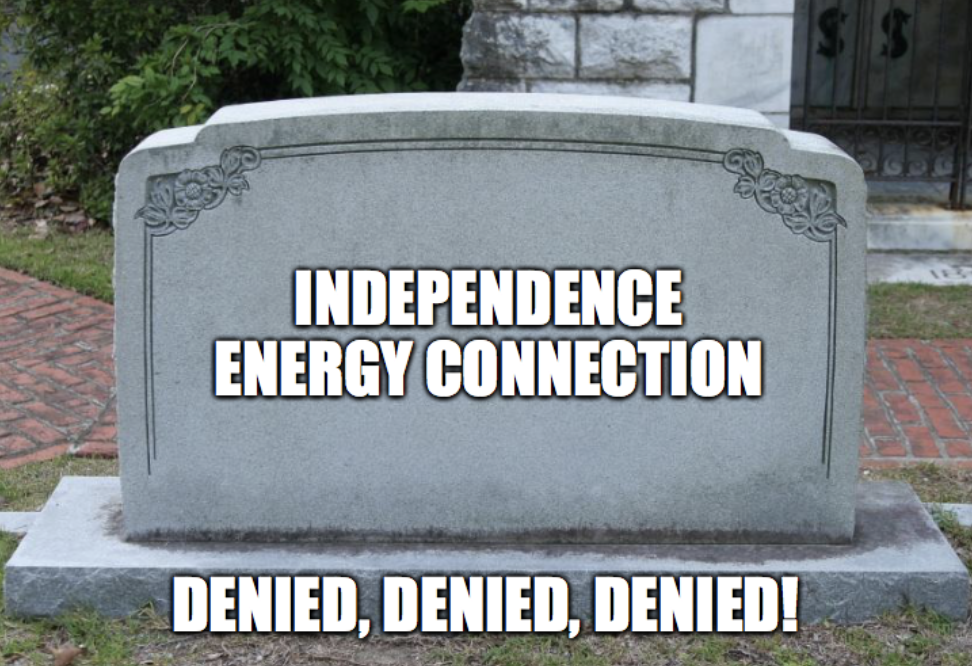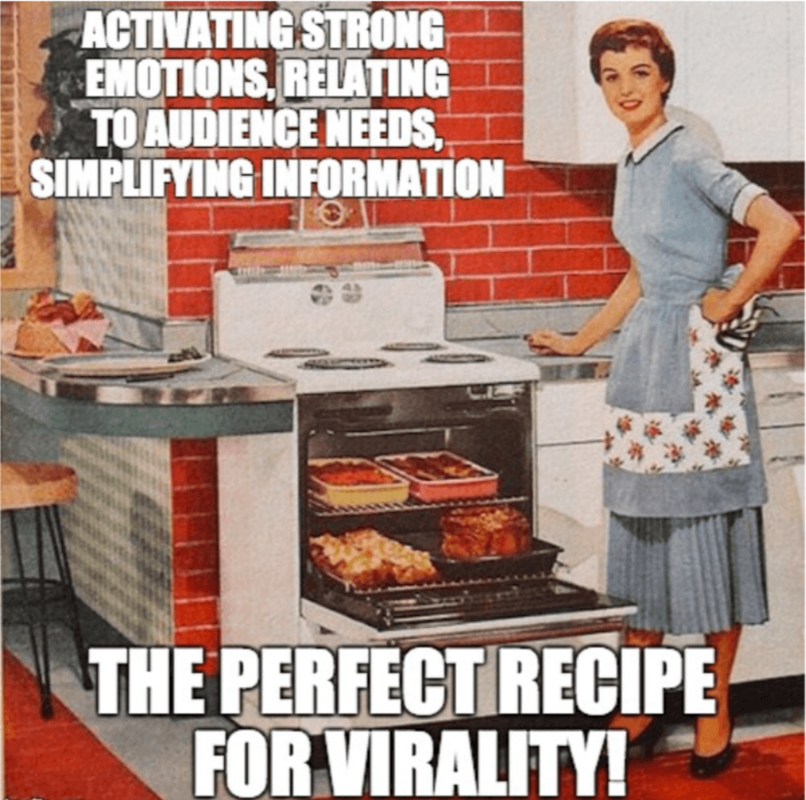This spring, the legislature passed a bill that clamps down on the use of eminent domain for transmission lines. The legislation, now headed to the governor’s desk, requires a company or an investor-owned utility to pay 150% of market value for an easement on agricultural property. It also requires a project to deliver a proportional amount of power to Missouri so that it doesn’t just use rural counties as an energy superhighway on the way to bigger cities.
But House Bill 2005 contained the following words: “These provisions will not apply to applications filed prior to Aug. 28, 2022.”
That means Grain Belt, granted regulatory approval in 2019, is grandfathered in.
“We thank our many supporters for their tireless efforts in ensuring that this legislation recognized the legal rights of Grain Belt Express as a previously approved project that will continue forward toward full construction,” said Nicole Luckey, senior vice president of regulatory affairs for Invenergy, in a statement. “Missouri lawmakers brought stakeholders together around this important legislative compromise, which will benefit Missouri families, farmers, workers and businesses for decades to come.”
That’s not how Rogers sees it.
“I have a hard time with the Legislature right now,” he said.
Perhaps it's not coming after all...







 RSS Feed
RSS Feed